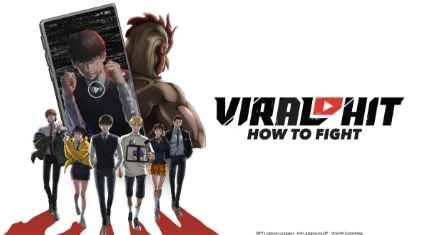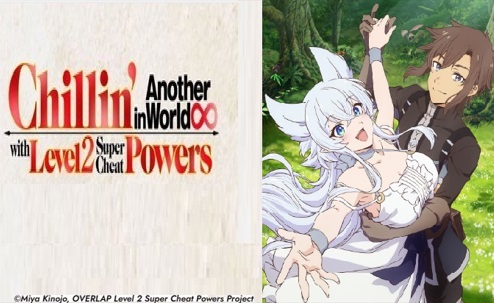Review: Claydream
Wanna know a trade secret for how I do and do not hire on writers for Bubbleblabber? One of them is when they refer to series like Robot Chicken as a “claymation” series. It’s one of the big pet peeves that I have and I do see it quite a bit all over social channels. For those that don’t know, claymation is a method in which to produce stop-motion animation, other methods can include cardboard, toys (LEGO is huge now), and numerous other possibilities. With that said, Will Vinton is the clay-God of all Clay-gods. No, he didn’t even the claymation film-making method, but he is the one who brought it to the fore-front and put it on prime-time with legendary examples like commercials for Domino’s, the California Raisins, and both The PJ’s and Gary & Mike making it to broadcast television for adult animation.
More people need to know who Will Vinton is now and forever, and that’s where Claydream comes in, a new feature-length documentary from director Marq Evans. Nowadays everybody is an animator and the channel selections are endless, whether it’s TV, streaming, or social channels, but not a lot of people understand the business aspects of the animation industry. Maybe the smartest decision Will did was open the studio in Portland, Oregon, it’s the land of no unions and fewer independent contractors which makes it still a popular locale for independent productions. But, Evans’ documentary on the mustached warrior gives us the pluses and minuses for the studio’s history in the years to follow.
Obviously, Will Vinton and his studios have plenty to be proud of. The Academy Award-winning studio helped shepherd an important art form to unimaginable heights giving us legendary movies and incredible TV shows (The PJ’s is also a three-time Emmy winner) and gave us a litany of legendary characters. But, when a studio goes under, it usually means there are more minuses, and as a guy who has closed businesses and has lost money in doing so, I truly empathize with what Will has had to deal with. Nightmare partners, lawsuits, doing everything you can to keep the business afloat, the sacrifices that were probably made against the family in an attempt to do all that, it sucks, it isn’t fun, and Evans does a fascinating balancing act in showcasing the legendary animator motif for Vinton set against a backdrop of an almost Social Network-like closet of skeletons that Vinton had to deal with throughout the entirety of his career.
I imagine Laika Studios producers are looking at their founder a bit differently since this film has been released, but really, I don’t think Claydream paints Travis Knight as that much of a jerk and, quite frankly, I would not have either. It’s a little odd that Travis doesn’t credit the studios for what was really his education, but we all have to play the cards we are dealt and, from where I sit, Travis did just that and he just always seemed to play the most opportune hand. Vinton did the same thing, the only difference is he didn’t have a multi-millionaire father backing him up and Vinton probably put more of his heart into the art of the matter, not the money making possibilities.
Fortunately, for Will Vinton, his legacy has lived on. He, along with the likes of Eric Fogel and Seth Green kept stop-motion animation in eye-line of TV producers long enough to the point to gain a big enough audience making it one of the biggest art forms in modern-day storytelling. His contemporaries, most of which were featured in this doc and showcased the likes of Bill Plympton, Jerry Beck, and others, made sure to more than acknowledge Vinton’s contributions to the art form. Claymation is largely not the go-to method for producing stop-motion, producers decry the messiness and cost in an increasingly self-centered business (especially in Hollywood), but thanks to Marq Evans, we will always have the official encyclopedia on how to successfully do so.

























I'm hired!